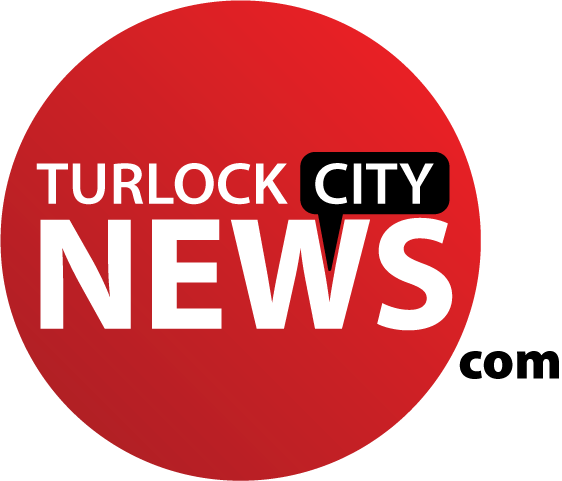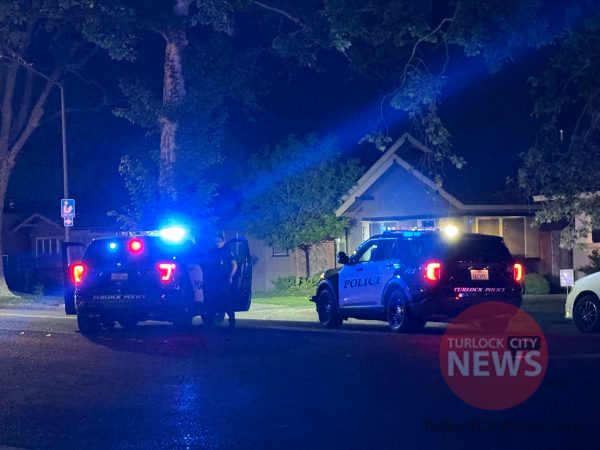As part of the Turlock Irrigation District’s (TID) budget review process, the Board took action to set a public hearing on proposed revisions to TID’s electric rate schedules. The public hearing will be held on November 22, 2011, at 9am to gather comments from the public regarding the proposed changes. To better understand those changes, the budget and legislation that directly affect those rates, workshops are being held leading up to the final budget review and rate adoption on December 6, 2011.
The most recent workshop was held on TID’s Renewable Portfolio Standards and the necessary steps required to meet legislation. A history of the Renewable Energy legislation was given from the start in 2002 with SB 1078 which required service providers to procure 20% of their resources from renewable energy by 2010. With the most recent SBx1-2, it is required that 33% of power must come from renewable energy source by 2020 while also complying with AB 32 which requires a limit in greenhouse gases through a cap-and-trade program.
SBx1-2 has the most immediate needs for compliance with targets and penalties for not reaching them. TID is already on track to meet the first compliance period of averaging 20% by 2013. Compliance period 2 requires 25% by 2016 and Compliance period 3 requires the full 33%.
There are also requirements of where the renewable energy, referred to as buckets, can come from if they are not directly from the service provider. Bucket 1 must be from in state providers with 50% in 2013, 65% in 2016, and 75% in 2020 and after. Bucket 1 is the part of the legislation that is meant to create more jobs. Bucket 2 are firmed and shaped sources which can be 25% in 2012, 20% in 2016, and no more than 15% in 2020 and after. Bucket 3 are unbundled Renewable Energy Credits and anything that does not fit in the other two categories. Bucket 3 cannot be more than 25% in 2013, not more than 15% in 2016, and not more than 10% for 2020 and after.
The good news for TID is that since they are already on course to provide the necessary percentage of renewable energy they should be able to bank Renewable Energy Credits to use in the future. In order to bank those credits the TID Board must takes steps to establish a policy in order to count that excess toward future years. A draft policy will be presented to the board at the December 6th meeting.
Many of the Board Directors expressed concern about the costs associated with the new legislation and possible ways to minimize the impact to TID. Alternatives mentioned included analyzing the risk of running short, comparing the cost of buying Renewable Energy Credits versus using existing resources, and procurement contracts versus building new resources.
TID Director Ron Macedo predicted that there would be a political push back in the future due to the cost to the consumer. All these Renewable Energy Sources come at a cost that leads to rate increases.
"They’re forcing us to build power that is not needed," stated Director Macedo.
TID must have a policy in place by January 1, 2012, in order to bank the credits that they are eligible for at this time. However, a revision of that policy and more information about alternatives will be discussed again in Spring 2012.






